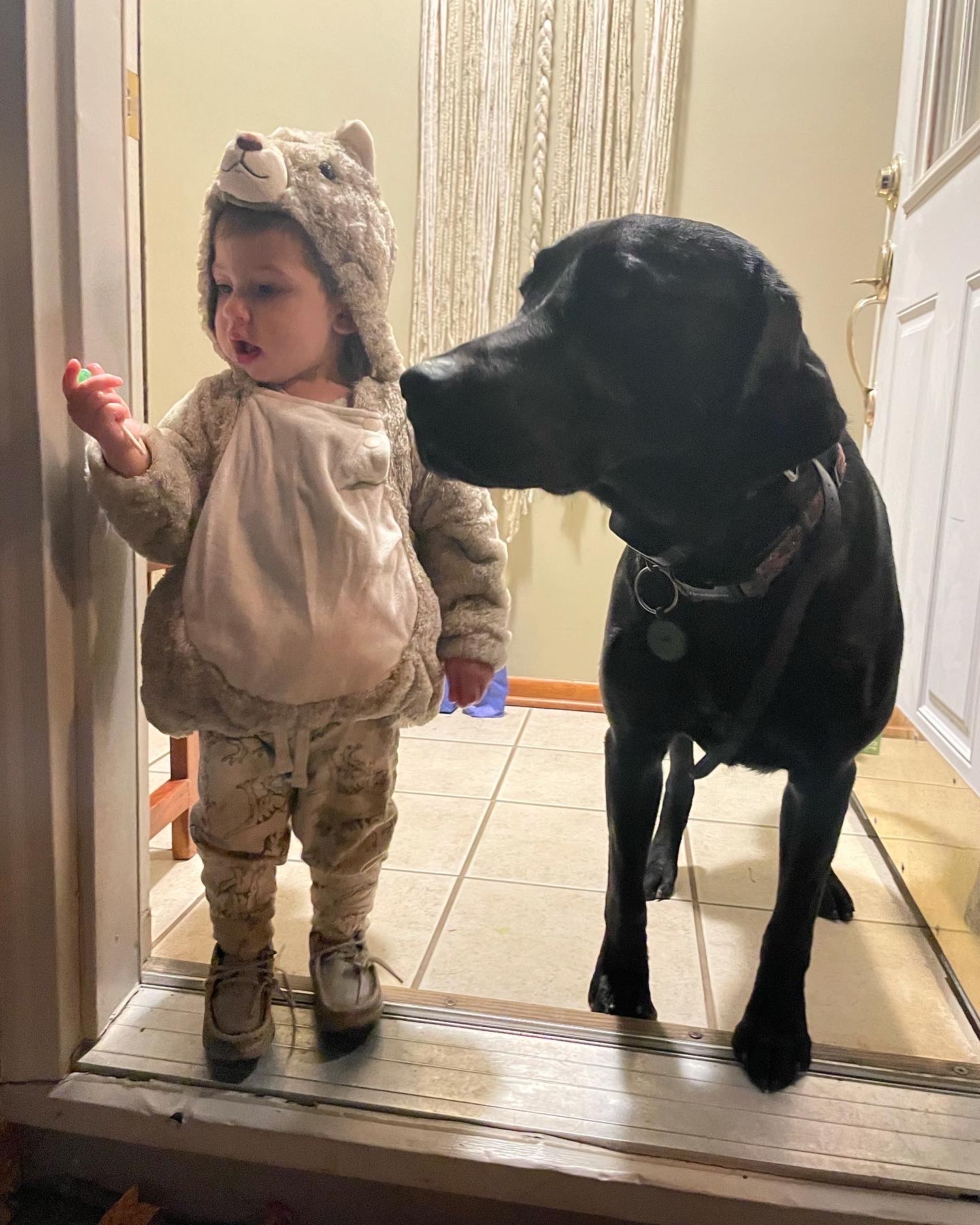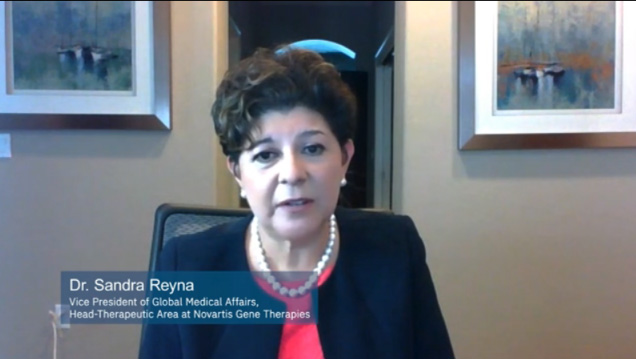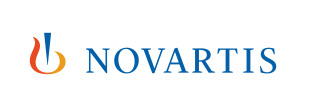Health Alert for Parents: How one boy is thriving following treatment with a gene therapy after receiving an early diagnosis
Two years ago, a mother received a phone call with a devastating diagnosis. That mother shares her son’s experience with spinal muscular atrophy (SMA), a rare genetic disease, and how early diagnosis and treatment transformed his life.
For more informationBACKGROUND:
Hannah Weaver did not think much about her son Payne’s newborn screening test until she received a phone call five days after bringing him home from the hospital. The results showed Payne tested positive for spinal muscular atrophy (SMA), a rare, progressive neuromuscular disease and a leading genetic cause of infant death when left untreated that affects one in every 11,000 babies born in the U.S.1,2 SMA causes irreversible loss of motor neurons, which can rob infants of their ability to walk, swallow and even breathe.1,2 If left untreated in its most severe forms, 90% of children require permanent feeding and breathing support or pass away by their second birthday.3,4 SMA can progress quickly, making early diagnosis and treatment crucial.
Knowing it was imperative to act fast, the Weaver family worked quickly to schedule appointments with specialists to discuss treatment options. Payne’s care team went over the available treatment options for SMA, discussing the route of administration and available efficacy and safety data of each. Together, they decided to treat Payne when he was just a few weeks old with a gene therapy called ZOLGENSMA® (onasemnogene abeparvovec-xioi), the only SMA treatment designed to directly address the genetic root cause of the disease by replacing the function of the missing or non-working SMN1 gene with a single, one-time dose.
Zolgensma has a boxed warning for acute serious liver injury and acute liver failure. In clinical trials, the most common side effects were elevated liver enzymes and vomiting. Please keep reading for additional important safety information and please see accompanying Full Prescribing Information.
Payne’s parents are now able to plan for his future – something that would not be possible without early intervention and treatment. They look forward to what he will accomplish next and celebrate every milestone along the way. On the heels of SMA Awareness Month, we kick off Newborn Screening Awareness Month this September, and Hannah is advocating for parents and physicians to recognize the early signs of SMA to avoid a delayed diagnosis.
Dr. Sandra Reyna (Vice President of Global Medical Affairs at Novartis Gene Therapies) and Hannah Weaver (SMA parent advocate) shared information on the signs of SMA, the importance of an early diagnosis, and how Zolgensma has the potential to transform the lives of babies born with this disease.
Results and outcomes vary among children based on several factors, including how far their SMA symptoms progressed prior to receiving treatment.
Please continue reading for Indication and Important Safety Information, and please see accompanying Full Prescribing Information including Boxed Warning.
For more information, please visit: www.Zolgensma.com
Interview opportunities are courtesy of Novartis Gene Therapies.
About Spinal Muscular Atrophy
Spinal muscular atrophy (SMA) is a rare, genetic neuromuscular disease and a leading genetic cause of infant death.3,5 Caused by the lack of a functional SMN1 gene, the most severe forms of SMA result in the rapid and irreversible loss of motor neurons, affecting muscle functions including breathing, swallowing and basic movement.1 Severity varies across a spectrum of types corresponding to the number of copies of the back-up SMN2 gene.6 The majority of patients with two copies of SMN2 develop Type 1, the most common form accounting for 60 percent of cases.4,7,8 Type 1 is severe and, left untreated, leads to death or the need for permanent ventilation by the age of two in more than 90 percent of cases.3,5 Most patients with three copies of SMN2 develop Type 2, accounting for about 30 percent of cases.4,8 Loss of motor neurons cannot be reversed, so it is imperative to diagnose SMA and begin treatment, including proactive supportive care, as early as possible to halt irreversible motor neuron loss and disease progression.9,10
Indication and Important Safety Information for ZOLGENSMA® (onasemnogene abeparvovec-xioi)
What is ZOLGENSMA?
ZOLGENSMA is a prescription gene therapy used to treat children less than 2 years old with spinal muscular atrophy (SMA). ZOLGENSMA is given as a one-time infusion into a vein. ZOLGENSMA was not evaluated in patients with advanced SMA.
What is the most important information I should know about ZOLGENSMA?
- ZOLGENSMA can increase liver enzyme levels and cause acute serious liver injury or acute liver failure.
- Patients will receive an oral corticosteroid before and after infusion with ZOLGENSMA and will undergo regular blood tests to monitor liver function.
- Contact the patient’s doctor immediately if the patient’s skin and/or whites of the eyes appear yellowish, if the patient misses a dose of corticosteroid or vomits it up, or if the patient experiences a decrease in alertness.
What should I watch for before and after infusion with ZOLGENSMA?
- Infections before or after ZOLGENSMA infusion can lead to more serious complications. Contact the patient’s doctor immediately if you see any signs of a possible infection such as coughing, wheezing, sneezing, runny nose, sore throat, or fever.
- Decreased platelet counts could occur following infusion with ZOLGENSMA. Seek immediate medical attention if the patient experiences unexpected bleeding or bruising.
- Thrombotic microangiopathy (TMA) has been reported to occur approximately one week after ZOLGENSMA infusion. Caregivers should seek immediate medical attention if the patient experiences any signs or symptoms of TMA, such as unexpected bruising or bleeding, seizures, or decreased urine output.
What do I need to know about vaccinations and ZOLGENSMA?
- Talk with the patient’s doctor to decide if adjustments to the vaccination schedule are needed to accommodate treatment with a corticosteroid.
- Protection against respiratory syncytial virus (RSV) is recommended.
Do I need to take precautions with the patient’s bodily waste?
Temporarily, small amounts of ZOLGENSMA may be found in the patient’s stool. Use good hand hygiene when coming into direct contact with bodily waste for 1 month after infusion with ZOLGENSMA. Disposable diapers should be sealed in disposable trash bags and thrown out with regular trash.
What are the possible or likely side effects of ZOLGENSMA?
The most common side effects that occurred in patients treated with ZOLGENSMA were elevated liver enzymes and vomiting.
The safety information provided here is not comprehensive. Talk to the patient’s doctor about any side effects that bother the patient or that don’t go away.
You are encouraged to report suspected side effects by contacting the FDA at 1-800-FDA-1088 or www.fda.gov/medwatch, or Novartis Gene Therapies at 833-828-3947.
Please see the Full Prescribing Information.
08/2022
© 2022 Novartis Gene Therapies, Inc.
US-ZOL-22-0136
Media Contact:
Katie Lesch, [email protected]
References
- Sugarman EA, Nagan N, Zhu H, et al. Eur J Hum Genet. 2012;20(1):27-32.
- Kolb SJ, Coffey CS, Yankey JW, et al. Ann Neurol. 2017;82(6):883-891.
- Finkel RS, McDermott MP, Kaufmann P, et al. Neurology. 2014;83(9):810-817.
- Verhaart IEC, Robertson A, Leary R, et al. J Neurol. 2017;264:1465-1473.
- Anderton RS and Mastaglia FL. Expert Rev Neurother. 2015;15(8):895–908.
- Lorson CL, Rindt H, Shababi M. Hum Mol Genet. 2010;(15):111-8.
- Feldkötter M, et al. Am J Hum Genet. 2002;70:358–68.
- Ogino S, Wilson RB, Gold B. New insights on the evolution of the SMN1 and SMN2 region: simulation and meta-analysis for allele and haplotype frequency calculations (online supplemental material). Eur J Hum Genet. 2004;12:1015-1023
- Soler‐Botija C, Ferrer I, Gich I, et al. Brain. 2002;125(7):1624-1634.
- Glascock J, Sampson J, Haidet-Phillips A, et al. J Neuromuscul Dis. 2018;5:145-158.




